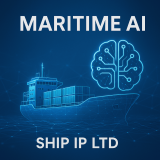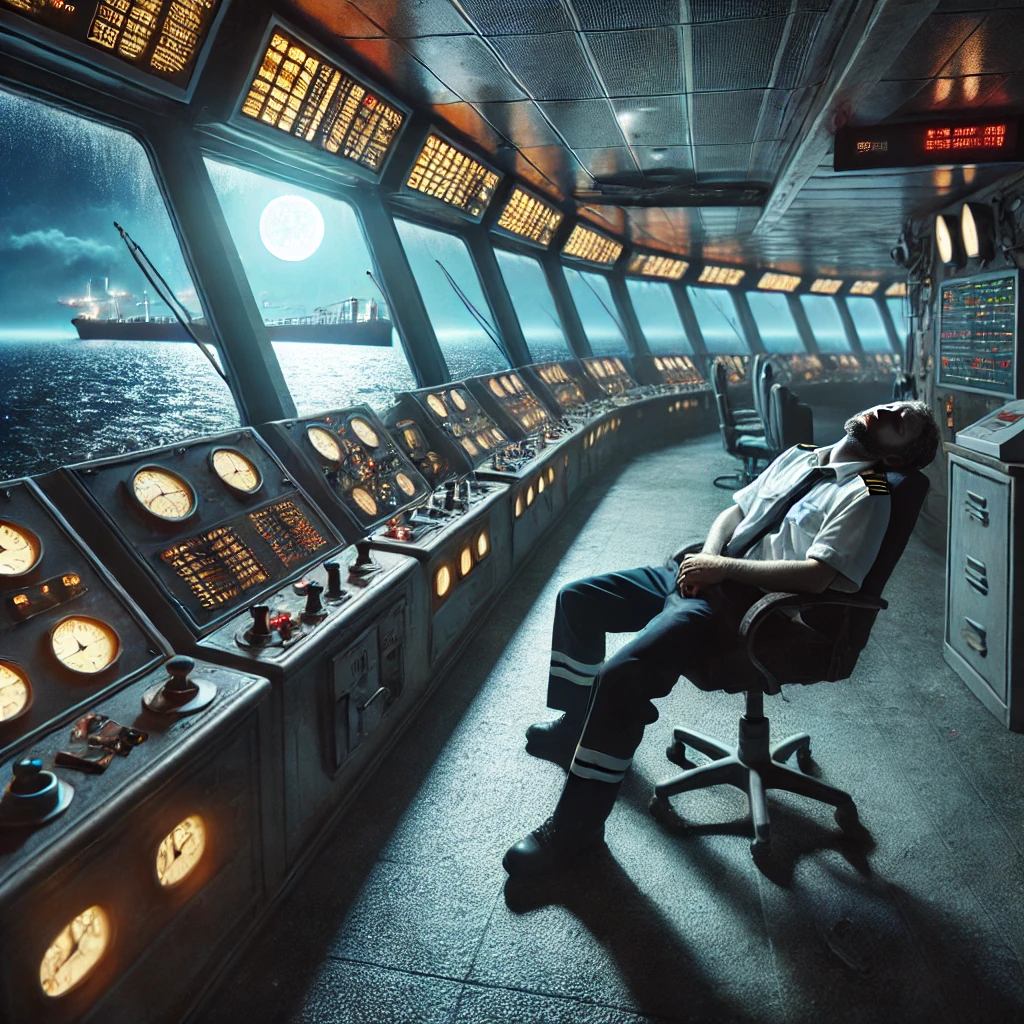Digitalization undeniably results in significant efficiency gains, safer and more resilient supply chains, and lower emissions. The impact would also extend far beyond the maritime sector given the strategic role of the shipping industry. However, this has also brought about the digital divide between more economically developed ports and those in emerging economies.
Digital transformation has the potential to bring wide-ranging economic benefits and contribute to a stronger, more sustainable recovery from the global Covid-19 pandemic, particularly in low and middle-income countries.
Port hierarchy
Eleanor Hadland, senior analyst in Drewry’s Ports and Terminals practice, noted in a recent industry update, “There’s increasingly a requirement for high-quality digital infrastructure, specifically extensive internet and mobile data networks and digital supply chain networks.”
So, ports and terminals, she said, need to “pay as much, if not more, attention to digital infrastructure as they do to physical infrastructure. The shift to e-commerce reinforces the business case for port-centric logistics in many places. And, most importantly of all, failure to invest in digital connectivity could result in a loss of physical connectivity.”
According to the consulting firm Deloitte, only the top few ports around the world, those Tier 1 ones with resources and financial capabilities, can be said to have achieved a “smart port” status, hence enjoying the benefits of digitalization.
On the other hand, over 80 percent of the ports in the world are in “Tier 2 and below”, implying that they do not have the kind of access to digital technology, or it is out of their financial capabilities.
Boston Consulting Group said that many ports, in particular, the small to medium sized ones “remain firmly anchored in the past”, with paper-based documentation and manual labour. This, in turn, creates an unbalanced landscape within the global port sector.
The “old fashioned way” leaves them not only vulnerable to delay from supply chain disruption, as witnessed during the recent and still ongoing pandemic but perhaps more importantly, vulnerable strategically as they are less able to compete in an increasingly digital maritime world.
Refusal to share data
In the Future of Shipping 2021 webinar by Lloyd’s List, during a panel discussion, it was agreed that data sharing is fundamental to digital progression in the industry. However, electronically sharing data, an important component of digitalization, is still not widespread in the maritime industry.
“Dare to share data,” said Søren Christian Meyer, CEO of ZeroNorth and a panelist. “[This is] a big, big change that we are now seeing in the industry. People are beginning to realize [that] we cannot build all the technology ourselves, we have to find out what are our angles, and then we need to collaborate with others.”
The industry value of real-time operational data collected onboard digitally-integrated ships increases enormously if the data is shared and used strategically for big data analysis, benchmarking and performance optimization across companies and authorities.
The International Maritime Organization (IMO) has made it mandatory for all its member states to exchange key data electronically under the Facilitation of International Maritime Traffic (FAL) Convention.
Unfortunately, a recent International Association of Ports and Habors (IAPH) survey revealed that only a third of over 100 responding ports comply with that requirement. This poses a barrier to the collaboration and sharing community that enables a smooth transition to digitalization and ultimately delivers industry-wide advantages.
Interestingly, the main barriers cited by the ports are the legal framework in their countries or regions, human capital limitations, and failure of the multiple private-public stakeholders to collaborate, but not the technology itself.
And it is not just ports and terminals that need to bridge the digital gap. The container carrier industry, which is known to be opaque due to a lack of open data, would need to close the gap too.
The Digital Container Shipping Association (DCSA) pointed out in its digital standards report that “track and trace data is not aligned or digitalized across carriers and their logistics partners, which means that multi-modal transport chains often appear as ‘black boxes’ to customers, and containers are lost from view at certain points in the supply chain.”
“Standardizing data handling practices,” the DCSA report said, “is equivalent to installing modern plumbing in a city. Without it, good quality water – in this case, accurate and actionable data – simply cannot flow freely to every household.”
So, the industry needs, among other things, to embrace what the DCSA advocates, a standards-based digital innovation imperative that will set the industry’s course into the future.
According to the World Bank, in the short term, countries that are left behind may experience shortages of essential goods and higher prices, as was illustrated at the start of the Covid-19 pandemic. In the medium to long term, delaying the digital transition of the maritime supply chain could lead to higher trade costs, lower competitiveness, lower economic growth, and lower employment.
The digital divide may eventually widen the gap between developed and developing economies and exacerbate the isolation of the poorest countries.





